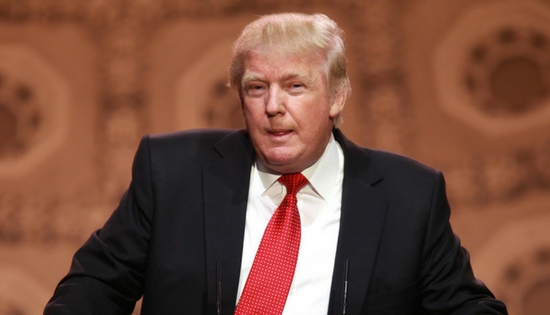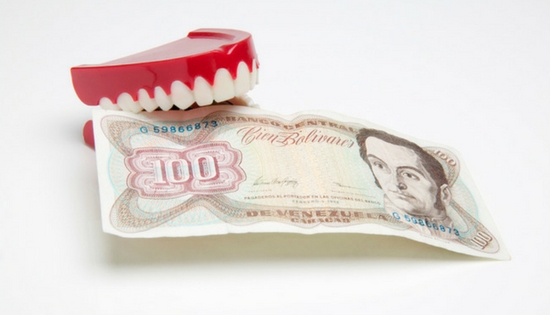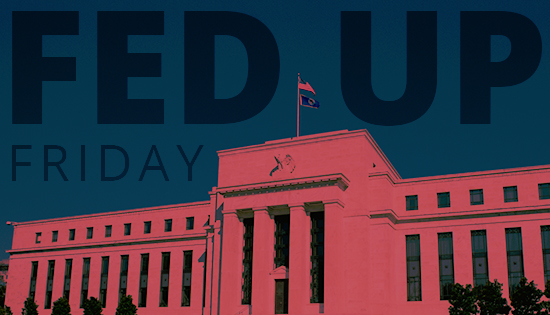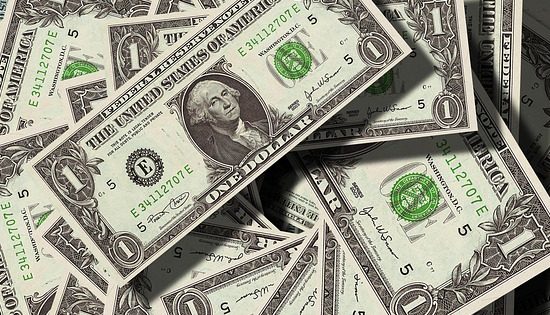Donald Trump’s press conference gave gold a rollercoaster ride on Wednesday as prices hit a 6-week low ahead of the president-elect’s speech, only to rally back to its highest point in 7 weeks. Spot gold moved from $1,176.94 to $1,198.40, the highest since late November.

Investors made a move into the yellow metal after the dollar took a tumble, according to Reuters. Stocks saw a negative move as well. Pharmaceutical stocks lead an overall decline in the market after Trump made comments about drug companies “getting away with murder” by price gouging their customers.
In his weekly radio address to his citizens, Venezuela’s post-Hugo Chavez leader, President Nicolas Maduro, announced he would raise the minimum wage for the fifth time over the last year. The bump puts the minimum salary at 40,683 bolivars or $60 per month, according to Reuters.
The new minimum wage represents a 322% cumulative increase since February 2016 and is an attempt to protect citizens’ wages from “mafia attacks,” according to Maduro. The President attributed his country’s woes to anti-socialist political opponents and capitalists who have created an “economic war” to foment disorder and unrest.

In his latest podcast, Peter Schiff illustrates the important differences between cryptocurrencies like Bitcoin and a gold transaction account like Goldmoney when it comes to convenience and preserving wealth. Essentially, it comes down to the technological risks and the price volatility of the underlying currencies. Here’s a breakdown of Peter’s major points:

Convenience
One advantage cryptocurrencies have over physical precious metals is the ease of transaction, but it comes at a cost. Bitcoin is a completely digital currency, so you can spend or transfer it just like cash. However, with a Goldmoney account, gold owners can now enjoy the same convenience, whether they’re depositing, sending or receiving transfers through an app or paying with a Goldmoney MasterCard.
“It’s not about Goldmoney being the substituted for Bitcoin,” Peter explains. “It’s gold itself. Gold is what you want to own, not Bitcoin. Goldmoney makes gold as convenient to use as Bitcoin. In fact, I think more convenient to use when it comes to commerce because you can deposit some of your gold in your Goldmoney account and now it takes all of those liquid characteristics that so many people like about Bitcoin.”
This week, the national debt edged closer to $20 trillion, double what it was at the beginning of Obama’s presidency. The FOMC minutes were also released from their latest meeting. As it turns out, the Federal Reserve just doesn’t know how Trump’s incoming presidency will affect the economy.
Trump is Stumping the Federal Reserve
Some are calling it a “climate of uncertainty” for the economy this year, and the Fed doesn’t seem to know what to expect from Trump when he takes office in a few weeks. FOMC expectations are high that the president-elect’s tax cuts and fiscal spending will goad inflation to rise, increasing the need for interest rate increases. At this point, some Fed members can’t decide if Trump’s going to grow the economy or balloon inflation. Given the abundance of uncertainty in European politics and policies at home, the Fed’s path to three rate increases this year will be a rocky one.

 Dan Kurz is a CFA with over two decades experience working in Zurich, Switzerland as a thematic strategist for Credit Suisse CIO Office. Dan’s site, DK Analytics, offers deep and broad analysis at the macro and micro level.
Dan Kurz is a CFA with over two decades experience working in Zurich, Switzerland as a thematic strategist for Credit Suisse CIO Office. Dan’s site, DK Analytics, offers deep and broad analysis at the macro and micro level.
Gold per troy ounce (toz or oz) in $ terms has slumped by a whopping 11% since the November 8, 2016 election. The dollar’s trade-weighted value, meanwhile, has risen by 4% over the same period, while the value of the 10-year Treasury has fallen by a considerable 6% and the S&P 500 has rallied by 6%. What happened? In a nutshell, perception changed. Traders bet on more fiscal stimulus-based growth, lower corporate taxes, higher federal deficits, higher nominal interest rates, and higher inflation, so stocks went up, bonds went down, and the buck went up.
Oil prices rose and the dollar weakened Wednesday as gold futures maintained a three-week high even as the release of FOMC minutes seemed to suggest a more aggressive rate hike schedule was being considered, according to MarketWatch.
After its vote last month to raise the Federal funds rate 25 basis points, the Fed estimated three quarter-point rate increases for 2017. However, the FOMC minutes suggested there were a “number of risks” that would necessitate a “different path of policy” than they expected. One of those “risks” was clearly Trump’s stimulus plan, and the “uncertainty regarding fiscal and other economic policies.”

In his latest podcast, Peter Schiff lays out why optimism for the US dollar in 2017 is just wishful thinking. Trump’s tax cuts and increased spending are likely to create only a fraction of the stimulus most people expect, given the budget deficits and national debt we face. Investor hopes also reside with Trump’s tax plan to include an import tax that would correct US trade deficits with China. However, taxing imported goods will only drive up the cost of consumer goods, negate any increase in consumer spending, and diminish the purchasing power of the dollar. Peter explains:
“When the cost of importing goes up, it’s not like Americans are just going to switch from buying goods made in China to goods make in America. No, they’re just going to have to pay more to buy the goods made in China. If they don’t have the extra money, they just won’t buy as much. So, what’s going to happen as a result of increasing the cost of importing is that consumers will spend less and the bubble economy will deflate. There will be less consumer spending because consumers won’t have as much money or won’t be able to afford the higher prices. It’s going to have a negative effect on GDP.”
Along with its string of celebrity deaths, presidential comebacks, and populist political movements around the globe, 2016 will also be remembered as full of dramatic market changes. Because history tends to repeat itself, here’s a look back at the top five most popular Schiff gold blog posts of 2016 that may prove beneficial for investors in 2017.
3 Reasons the Dollar Will Fall with Trump’s Fiscal Stimulus

Peter Schiff explains that higher rates would mean a stronger return on the dollar as the cost of borrowing increases. This reasoning only works if you ignore these three realities of our current economy: Fiscal Stimulus Needs Monetary Stimulus, US Debt Increase, and Bursting the Bubble Economy.
The prices of gold and silver are always moving, influenced by factors such as current events, market speculation, currency fluctuations, and supply and demand. In 2016, there were several events that influenced the highs and lows of the gold and silver market. For investors, staying on top of these fluctuating prices is crucial to financial success. Here are some of the events that affected the market the most:

Economist Jim Rickards appeared on CNBC’s “Squawk Box” outlining his 2017 predictions for rate hikes, Trump stimulus, and the coming US recession. Rickards believes the markets are unwittingly pricing in a stimulus plan that will never materialize.
“Trump wants to cut taxes. Steve Bannon is talking to his advisors about a trillion dollars of infrastructure spending, cutting regulations. All of these things are viewed to be highly stimulative. That’s why the market is going up. Pharmaceuticals are going up on the repeal of Obamacare, banks going up on the repeal of Dodd-Frank.”
The markets and the Fed have the perception that tax cuts and spending will continue despite the realities of a fiscally conservative congress, a $20 trillion of debt and a 104% debt-to-GDP ratio.



